Unseen Hunger
The silent crisis of food insecurity among college students

The United States wastes a staggering 108 billion pounds of food. That's enough to fill MetLife Stadium over 2,700 times!
Imagine 250,000 garbage trucks filled with food, lined up bumper to bumper, stretching from New York to Los Angeles and back again.
While mountains of untouched food rise high, across the globe, about 2 billion people lack basic food security [source].
According to the United States Department of Agriculture (USDA), approximately 30-40% of the food supply in the country is wasted [source].
The paradox of plenty paints a grim picture of the American food system, where excess and scarcity coexist.


Food Waste in the US is on the Rise

Meanwhile people starve daily...

HUNGER IS PERVASIVE
1 in 9
People
Nearly 690 million people across the world go to bed hungry each night. That's more than twice the population of the United States [source].
1 in 8 Americans
42 million Americans struggle to put food on the table. In Mississippi, 1 in 5 people face food insecurity, the highest US rate.
1 in 3 Students
Over 30% of college students experience food insecurity, affecting their health, well-being, and chances of graduating.
While college campuses might be the last place you’d expect to find hunger, the reality is stark. Over 30% of college students experience food insecurity, affecting their health, well-being, and chances of graduating.
Imagine juggling your studies, part-time jobs, and the pressure of building a future, all while worrying about your next meal. Shockingly, 1 in 3 college students experience food insecurity at some point during their academic journey. This number jumps to 50% for students from low-income families [source].


HUNGER by COLLEGE STUDENTS
31 - 51% Students
Food insecurity, the state of being without reliable access to a sufficient quantity of affordable, nutritious food, is a significant issue among college students [source]. The prevalence of this issue varies widely, with rates ranging from 13% to a staggering 60% depending on the institution. This data is supported by the National Postsecondary Student Aid Study (NPSAS:20), which provides a nationally representative dataset highlighting the high levels of food insecurity among marginalized students. These include Black, Latina, Indigenous students, parenting students, and students with disabilities [source].
The rates of food insecurity among college students are alarmingly higher than those in the general population. Literature reviews report average prevalence rates of 33-51% among college students, a stark contrast to the 9.8% among U.S. adults [source]. This discrepancy underscores the unique challenges faced by college students, who often juggle academic responsibilities with financial constraints.
A study conducted in Texas in May 2020 found that 34.5% of respondents were food insecure within the last 30 days [source]. This statistic is echoed by the 2020 National Postsecondary Student Aid Study, which revealed that more than one in five undergraduates experience food insecurity. These figures highlight the widespread nature of this issue, affecting students across different states and institutions [source].
The impact of food insecurity extends beyond physical health. It has been linked to lower graduation rates and lower chances of obtaining a bachelor’s or advanced degree [source]. Furthermore, it significantly impacts academic performance. A staggering 81% of students facing food or housing instability reported that hunger harmed their academic performance [source]. This underscores the urgent need for interventions to address food insecurity among college students, to ensure their well-being and academic success.
HUNGER DISPORPORTINAELTY AFFECTS STUDENTS
Percent of students that have food insecurity
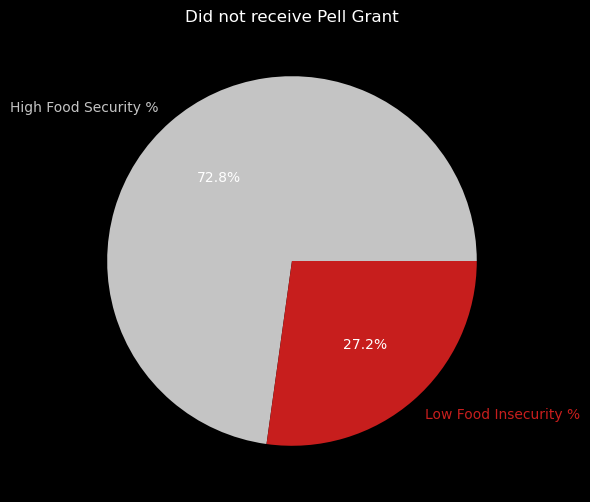
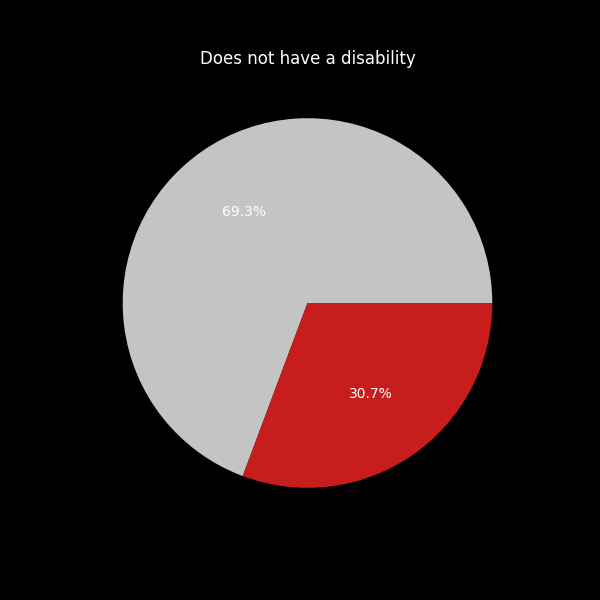
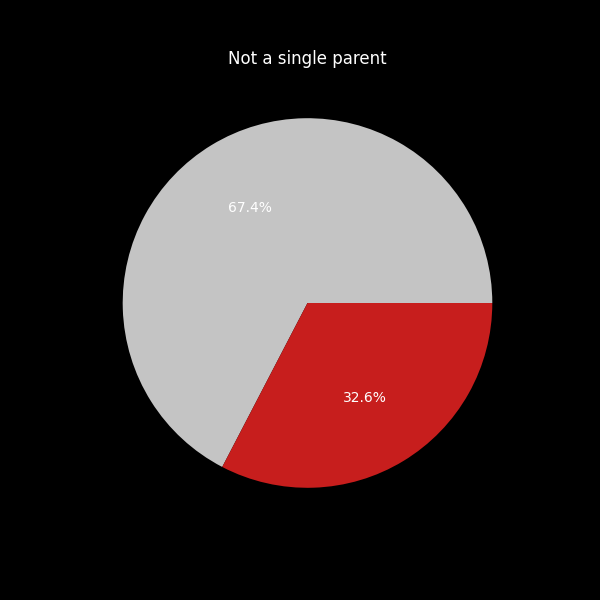
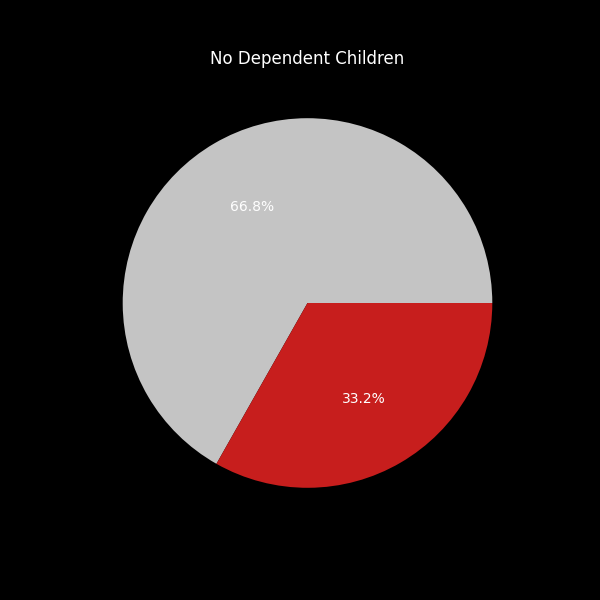
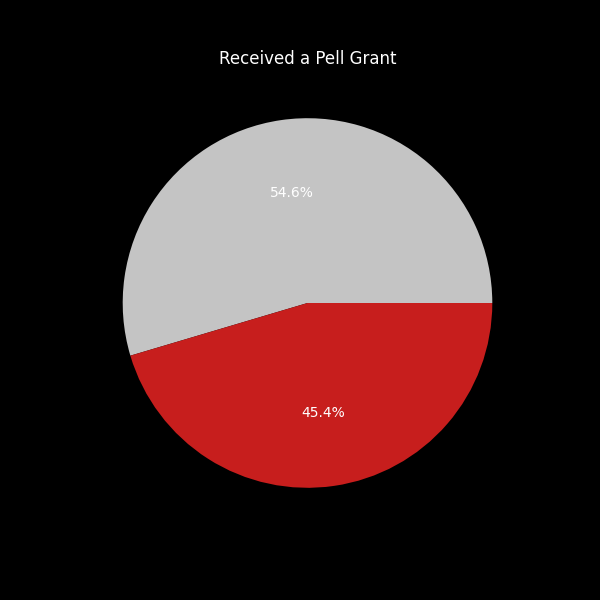
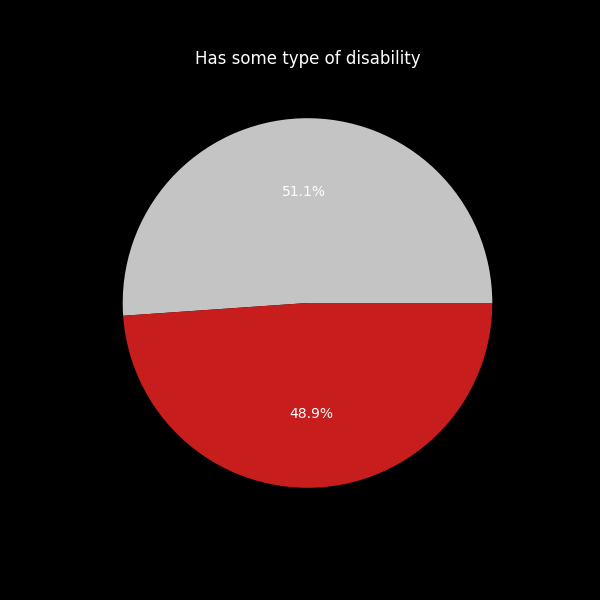
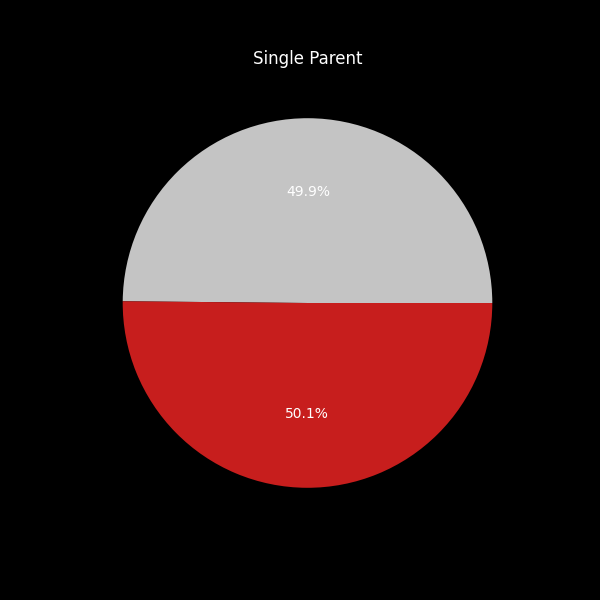
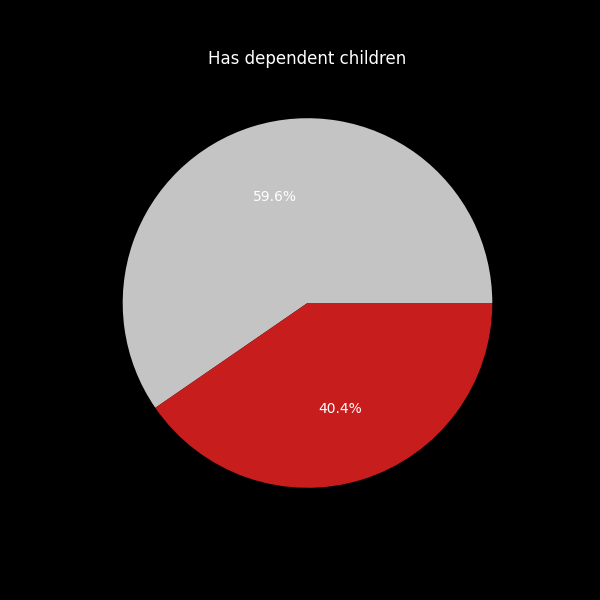
We can change this
Each year the US colleges waste an average of about 300 Million tonnes of food. About 75% of this food is already prepared foods that could go toward students on campus where they need it most. Additionally, colleges can partner with local food banks or other organizations to donate unused food such as 412 Food Rescue.
This will slow the rise in food waste
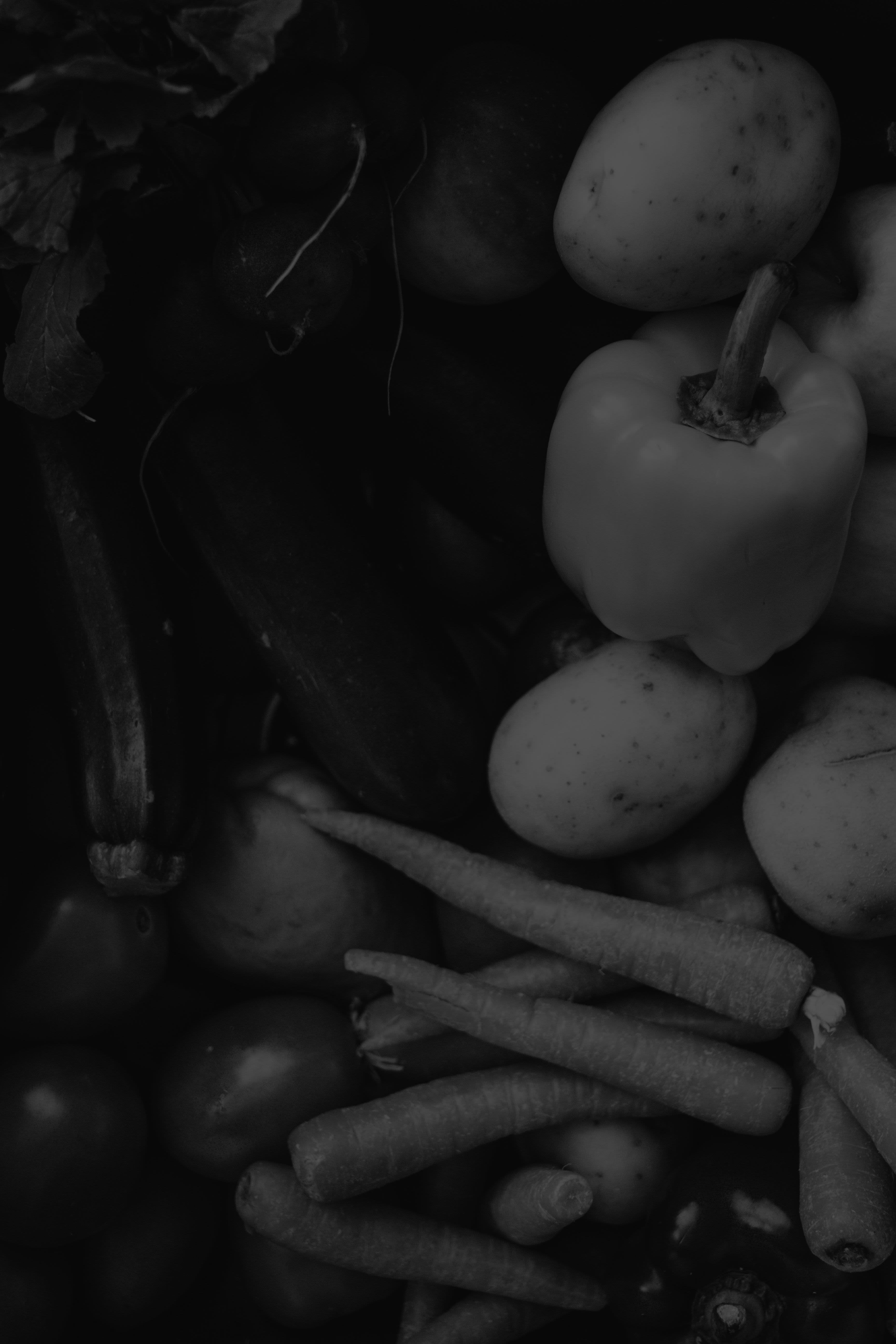
HOW TO GET INVOLVED
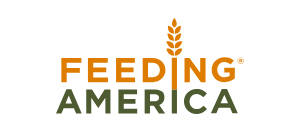
Feeding America is the largest charity working to end hunger in the United States. They partner with food banks, food pantries, and local food programs to bring food to people facing hunger.

The CMU Pantry is committed to reducing hunger among students by providing nutritious food at no cost. We are dedicated to serving our student community with accessible food resources to promote a healthier, balanced university experience. The CMU Pantry is a free, supplemental food resource open to all undergraduate and graduate students.
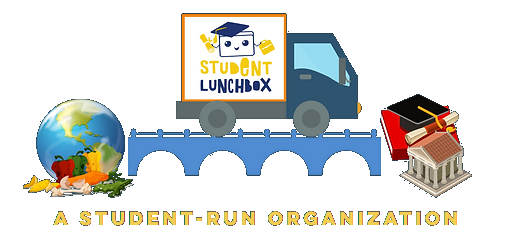
Student LunchBox is focused on building a bridge between food waste and campus hunger. Their vision is to create a future where every college student has access to nutritious food, empowering them to thrive academically.

The Greater Pittsburgh Community Food Bank is dedicated to increasing food security and stabilizing lives. They aim to increase access to nutritious food and foster long-term stability for neighbors who struggle. They distribute millions of meals and pounds of fresh produce and provide various ways for individuals to get involved, including volunteering and making donations.
Let us make an impact on students around us everywhere

